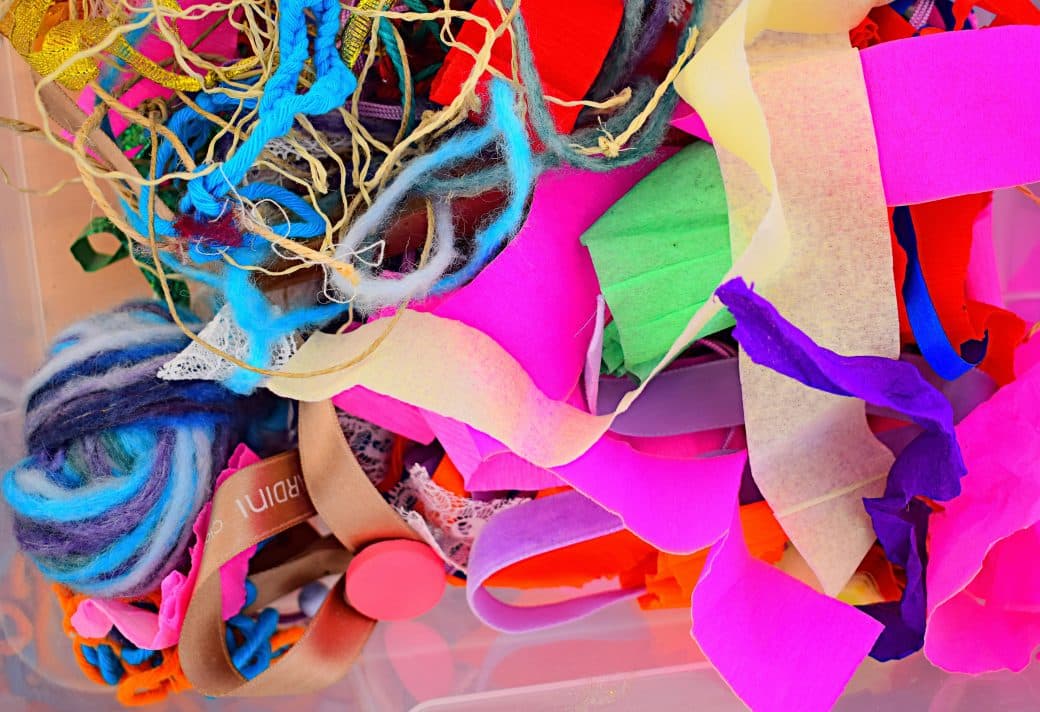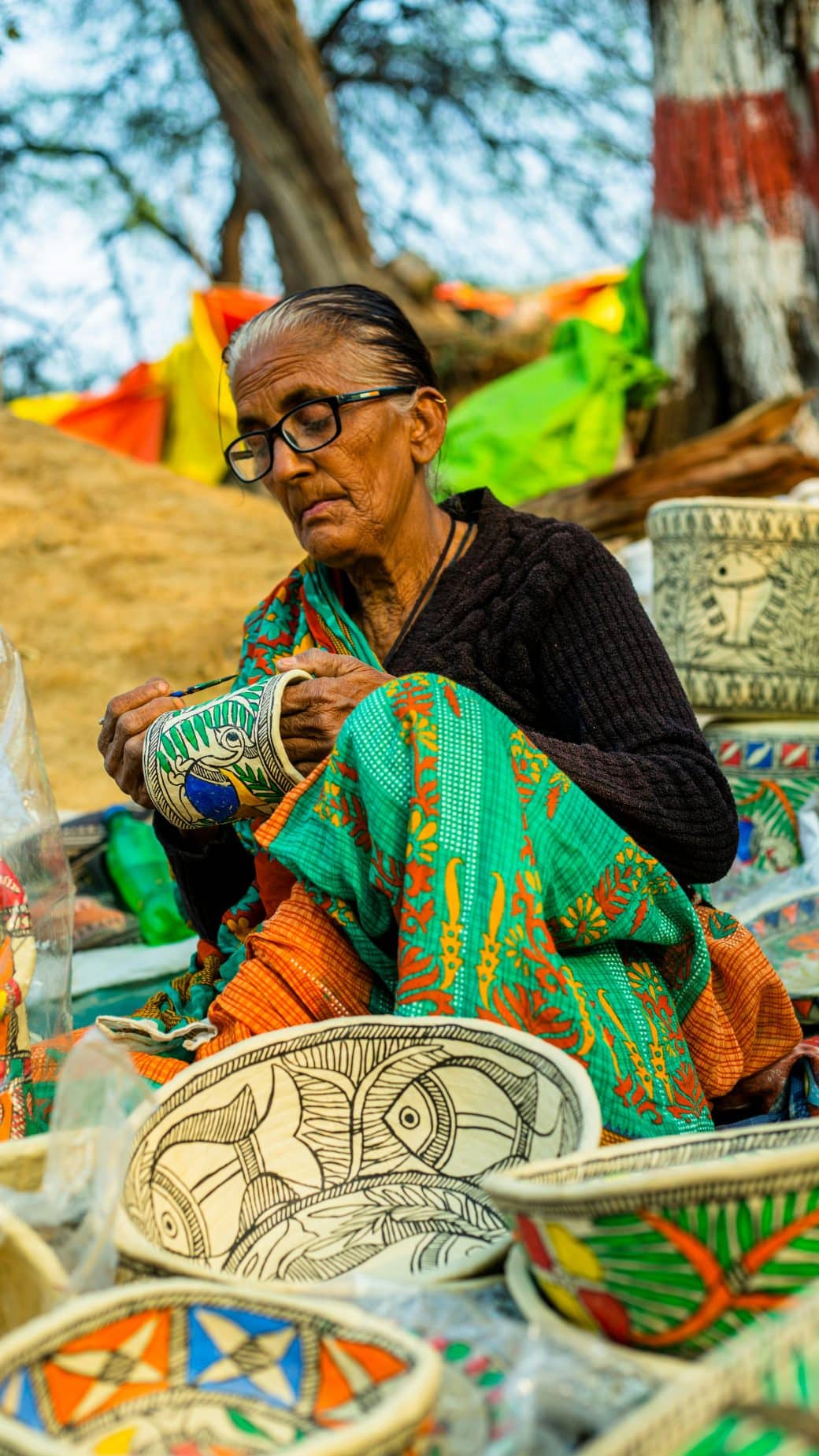If you’ve ever been mesmerized by the intricate designs and vibrant colors of bead weaving, you’re definitely not alone. I’ve always been fascinated by how tiny beads come together to create stunning pieces of art, and I’m thrilled to share everything I’ve learned about this craft. “The Beauty of Bead Weaving Unveiled: A Comprehensive Guide” is my labor of love, offering a deep exploration into the world of bead weaving. From its fascinating history to the various techniques that can turn a simple string of beads into a masterpiece, I cover it all. Join me on this colorful journey as I unravel the secrets behind the art form that has captivated hearts and hands around the globe.

Understanding Bead Weaving
Bead weaving has been a part of my life for so long, it feels like an extension of my own hands. Let me take you through what it really means, its rich history, and the diverse techniques that make it so special.
Defining bead weaving
Bead weaving, for me, is the art of creating intricate fabric or pieces of jewelry by stitching beads together, one tiny bead at a time, with a needle and thread. It’s a process that requires patience and creativity, transforming simple beads into stunning patterns and designs.
History and origin of bead weaving
Tracing back the roots of bead weaving, it’s like flipping through the pages of history itself. This craft dates back thousands of years, with evidence of bead woven objects found in ancient Egypt, Native American tribes, and even among the Vikings. Its evolution over centuries fascinates me, weaving a tapestry of cultural significance and artistic innovation.
Different techniques and styles of bead weaving
There are as many bead weaving techniques as there are stars in the sky, each with its unique flair. From the intricate Peyote and Herringbone stitches to the robust Right Angle Weave and the versatile Loom weaving, every technique offers a different texture and pattern potential. It’s exhilarating to explore and master these diverse styles.
Materials for Bead Weaving
Gathering materials for bead weaving is like setting the stage for an art masterpiece. Let’s dive into the essentials.
Basic tools for bead weaving
My toolkit is an extension of my craft. It includes various needles, chosen for their size and flexibility, scissors for snipping thread precisely, and bead mats to keep everything in place. These tools make the bead weaving process smoother and more enjoyable.
Various kinds of beads for weaving
Beads are the soul of bead weaving. From the shiny glass seed beads to the unique shaped beads like Tilas or SuperDuos, each brings its own character to the piece. Choosing the right bead can make all the difference in the pattern and texture of the weave.
Selection of appropriate threads and needles
Thread and needle selection is crucial. Nylon threads like Nymo or FireLine are my go-tos for their durability and ease of use. Matching the thread size and color to the beads, coupled with choosing the right needle size, ensures my projects are not only beautiful but robust.
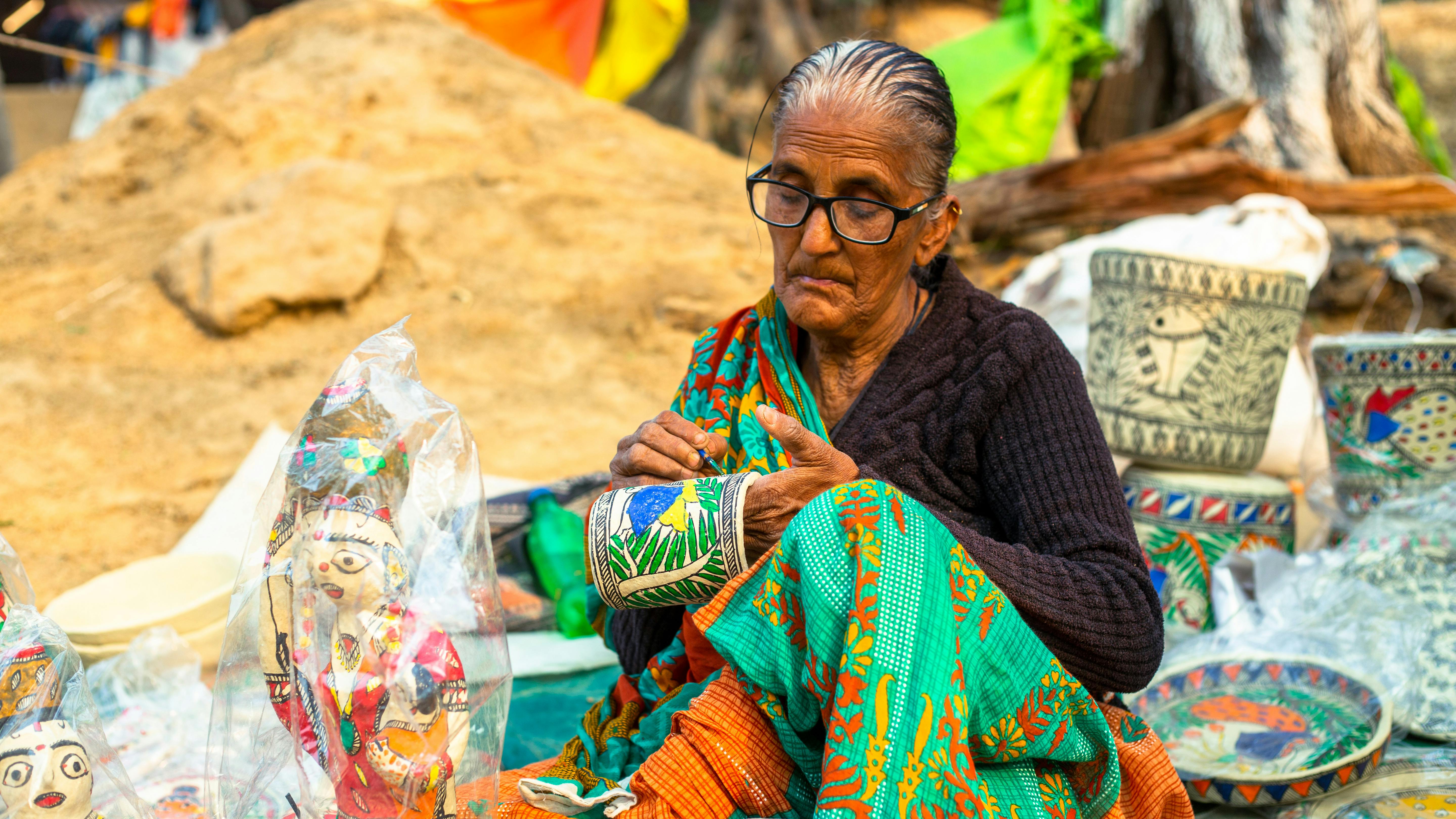
Preparing for Bead Weaving
Ready, set, weave! But wait, let’s prepare the space and materials first.
Organizing bead weaving workspace
A tidy workspace is my zen garden. Clearing the clutter, organizing my beads by color and size, and having my tools within reach sets the stage for a stress-free weaving session. Lighting is key, too; good, direct light prevents eye strain.
Bead sorting and selection
Sorting beads is like curating a palette for a painting. I select my beads based on the pattern I plan to weave, ensuring they are uniform and without flaws. This step saves time and ensures the final piece is as perfect as it can be.
Thread preparation
Prepping my thread involves conditioning it to prevent tangling and fraying, cutting it to the right length to handle comfortably, and threading my needle. A little preparation goes a long way in making the bead weaving process smooth and enjoyable.
Basic Bead Weaving Stitches
Let me introduce you to the stitches that are the building blocks of bead weaving.
Introduction to basic stitches
There are several basic stitches that every bead weaver should know. These include the Peyote stitch, Right Angle Weave, Square stitch, Loom weaving, and Herringbone stitch. Each has its own rhythm and uses, serving as the foundation for countless patterns.
How to do Peyote stitch
Peyote stitch is my first love. It involves picking up a bead, skipping one, and sewing through the next. Once you get the hang of it, it’s almost meditative, creating a fabric of beads that’s both strong and flexible.
Doing the Right angle weave stitch
The Right Angle Weave stitch creates a soft, flexible beadwork that mimics a woven fabric. This stitch links beads at right angles, forming a grid that is perfect for creating various jewelry pieces.
Loom bead weaving technique
Loom weaving allows for the creation of long strips perfect for bracelets and belts. Setting up the loom with the warp threads and then weaving the beads between them can produce complex patterns that are difficult to achieve by hand.
Making the Square stitch
The Square stitch is a straightforward technique where beads are stacked in a grid, mimicking the loom’s output but without the loom. It’s labor-intensive but produces a robust fabric suitable for various applications.
Herringbone stitch for bead weaving
The Herringbone stitch produces a distinctive V pattern, weaving beads in a way that they tilt slightly to one side. It’s a beautiful stitch that adds texture and interest to any piece.
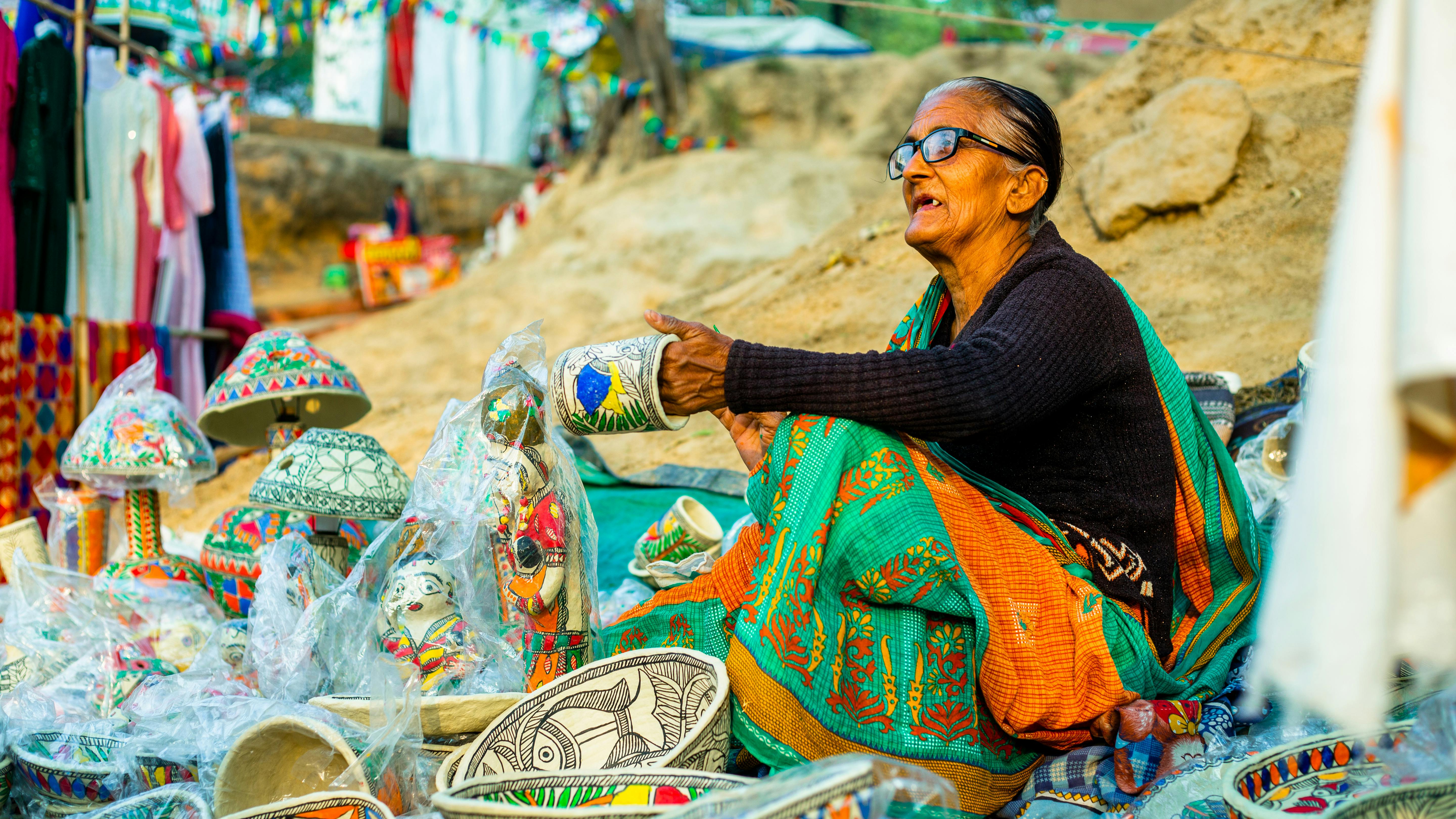
Bead Weaving Patterns
Designing patterns is where the creativity really flows.
Methods of pattern design
I often start with inspiration—maybe a color combination that catches my eye or a specific shape I want to replicate. Sketching the design on graph paper or using bead weaving software helps me visualize the final piece and plan the bead placement.
Using colors effectively in patterns
Color is a powerful tool in bead weaving. It can create depth, highlight certain areas, or produce optical illusions. Understanding color theory and experimenting with contrast and color schemes can elevate a simple pattern to something extraordinary.
Pattern variations in different bead weaving techniques
Each bead weaving technique lends itself to different pattern variations. Peyote stitch is great for detailed images or gradients, while the Herringbone stitch adds texture and movement to the design. Exploring how patterns change with different stitches is a fascinating journey.
Creating Bead Weaving Jewelry
Turning bead weavings into wearable art is my favorite part.
Creating bead weaving earrings
Earrings are a perfect canvas for showcasing intricate patterns or playing with shapes and movement. Lightweight beads and strong threads are key to creating earrings that are comfortable to wear all day.
Designing bead weaving bracelets
Bracelets can range from simple cuff designs to complex, multi-strand creations. They’re an excellent way to experiment with different stitches, patterns, and clasps.
Making bead weaving necklaces
Necklaces allow for a wide range of creativity, from delicate pendants to bold statement pieces. Combining different techniques within one necklace can produce stunning results that are truly unique.
Incorporating other materials into bead weaving jewelry
Mixing in materials like metal charms, gemstones, or even fabric can add another dimension to bead-woven jewelry. These elements can serve as focal points or complement the beadwork for a cohesive design.
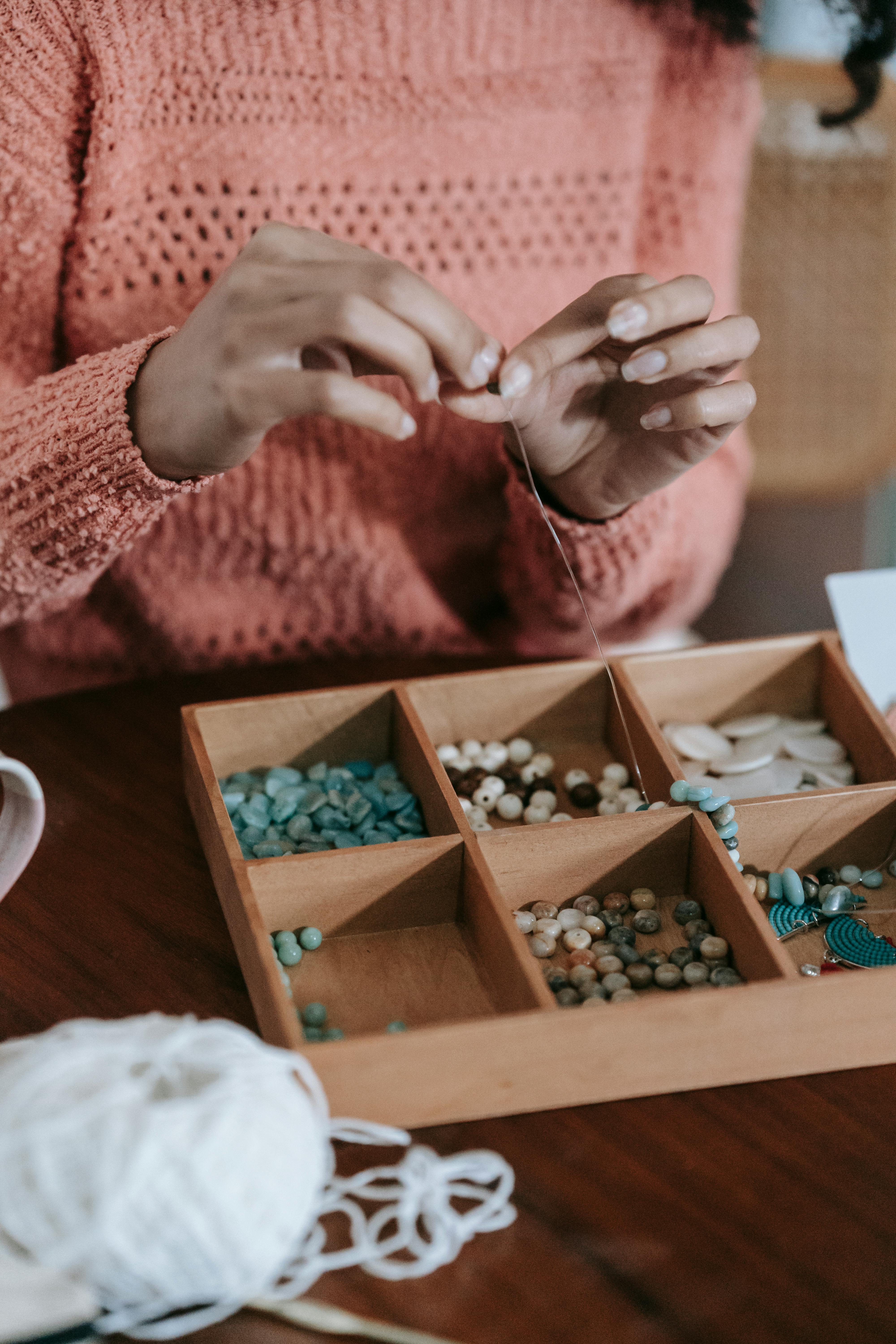
Caring for Bead Weaving
Taking care of bead woven pieces ensures they last a lifetime.
Cleaning bead weaving products
Gentle cleaning with a soft, damp cloth can remove dirt and oils from bead woven products. Harsh chemicals or scrubbing should be avoided to prevent damage.
Storing your bead weaving items
Storing bead woven jewelry flat and away from direct sunlight can prevent distortion and fading. Tissue paper or soft cloth can protect the pieces from scratches and tangling.
Repairing damaged bead weaving
With the right tools and a bit of patience, repairing bead weaving is possible. Matching the thread and beads as closely as possible and weaving in the repair discreetly can bring a beloved piece back to life.
Advancing Your Bead Weaving Skills
Growing as a bead weaver means constantly learning and experimenting.
Learning more complex bead weaving patterns
Challenging myself with complex patterns and techniques keeps my skills sharp and my designs fresh. It’s a never-ending journey of discovery and improvement.
Mastering different bead weaving stitches
Becoming proficient in a variety of stitches allows for more versatility in design. Practicing regularly and tackling projects that push my boundaries help me master new stitches.
Incorporating new materials into your designs
Experimenting with new materials, whether it’s different kinds of beads or non-traditional elements like fabric or wire, can open up new possibilities and keep my work innovative.
Bead Weaving in Fashion and Art
Bead weaving isn’t just jewelry; it’s a form of expression that crosses into fashion and art.
Role of bead weaving in fashion
Bead weaving has adorned couture gowns, accessories, and everyday wear, bringing a touch of luxury and handmade charm. Its versatility and adaptability make it a beloved technique in the fashion world.
Incorporating bead weaving into art installations
More than just wearable art, bead weaving has been featured in art installations, showcasing its potential as a medium for storytelling and cultural expression. The meticulous detail and vibrant colors can bring any concept to life.
Famous bead weaving artists and their work
Artists like Joyce J. Scott and David Chatt have elevated bead weaving, merging technique with powerful narratives. Their work inspires me to push the boundaries of what bead weaving can be and its impact as an art form.
Turning Bead Weaving Into a Business
Sharing my passion for bead weaving has been fulfilling, especially as I navigate the business aspects.
Creating a bead weaving portfolio
Building a portfolio of my work has been crucial in showcasing my skills and style. It serves as a visual resume for potential clients and a source of inspiration for new projects.
Pricing your bead weaving pieces
Pricing my pieces fairly, considering the time, materials, and skill involved, has been a learning curve. It’s a balance between valuing my work and being accessible to a wider audience.
Selling online and at craft shows
Exploring different avenues for selling my work, from online platforms to local craft shows, has helped me reach a diverse audience. Each channel offers unique opportunities to connect with buyers and fellow artisans.
Marketing your bead weaving business
Marketing is storytelling, and sharing the story behind my pieces, my process, and my inspiration has resonated with my audience. Utilizing social media, newsletters, and word of mouth has been effective in growing my business.
Bead weaving is more than just a hobby; it’s a journey through history, culture, and self-expression. Its versatility and beauty keep me coming back to my bead loom or needle and thread, eager to see what I can create next. Whether you’re a seasoned weaver or just starting, I hope this guide inspires you to explore the wonderful world of bead weaving.

